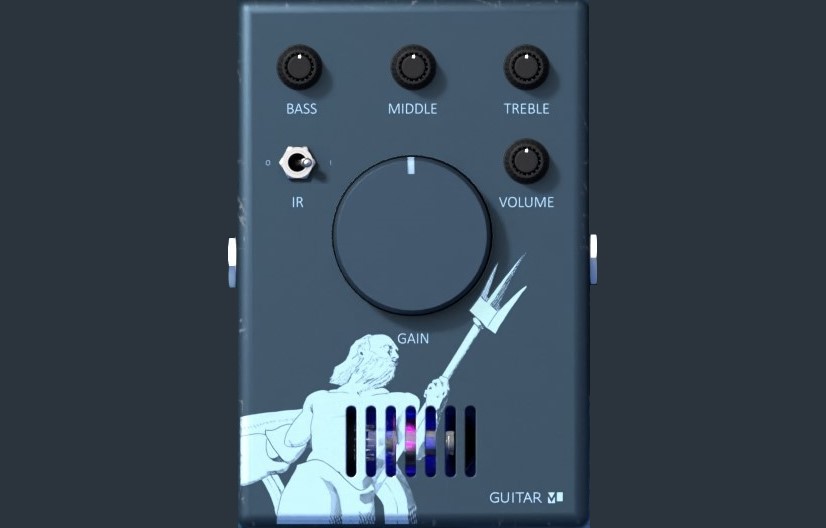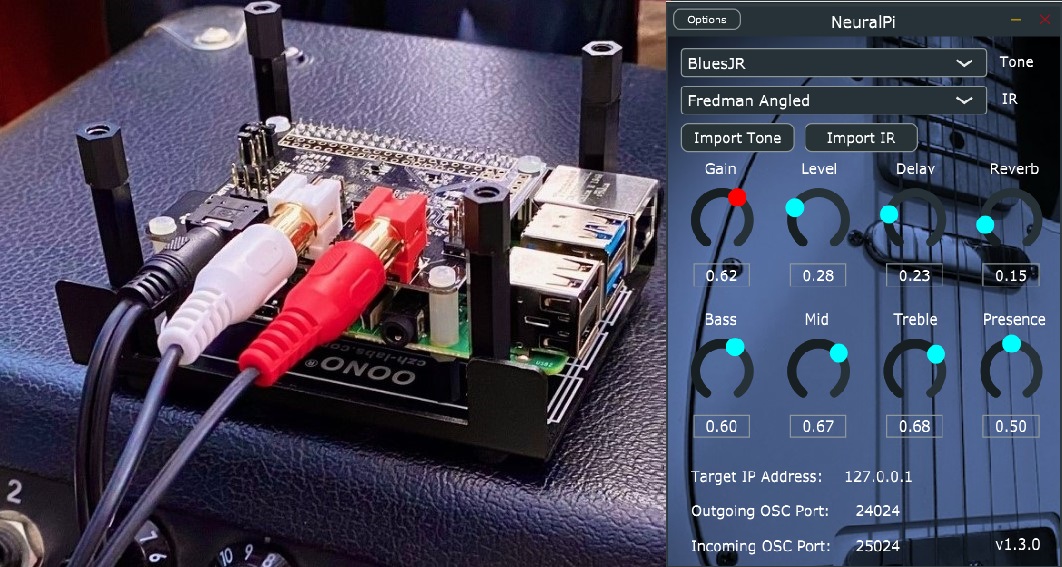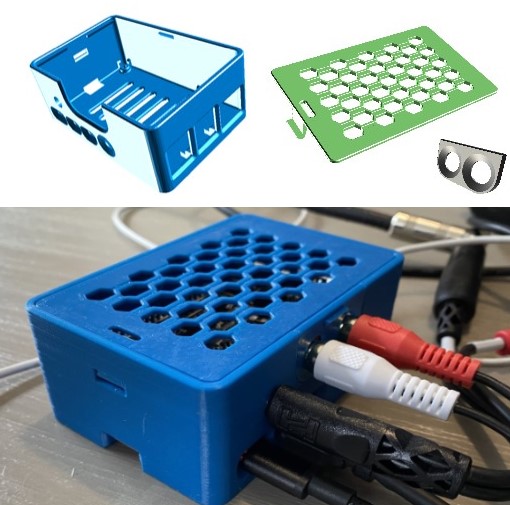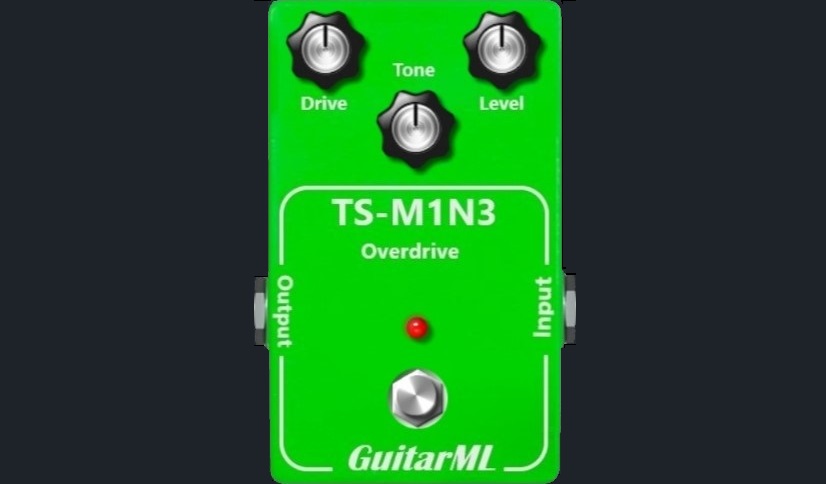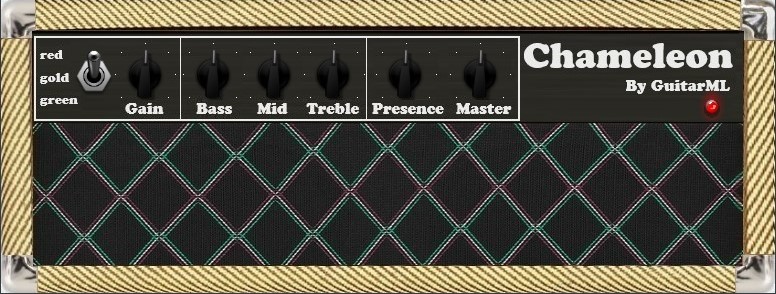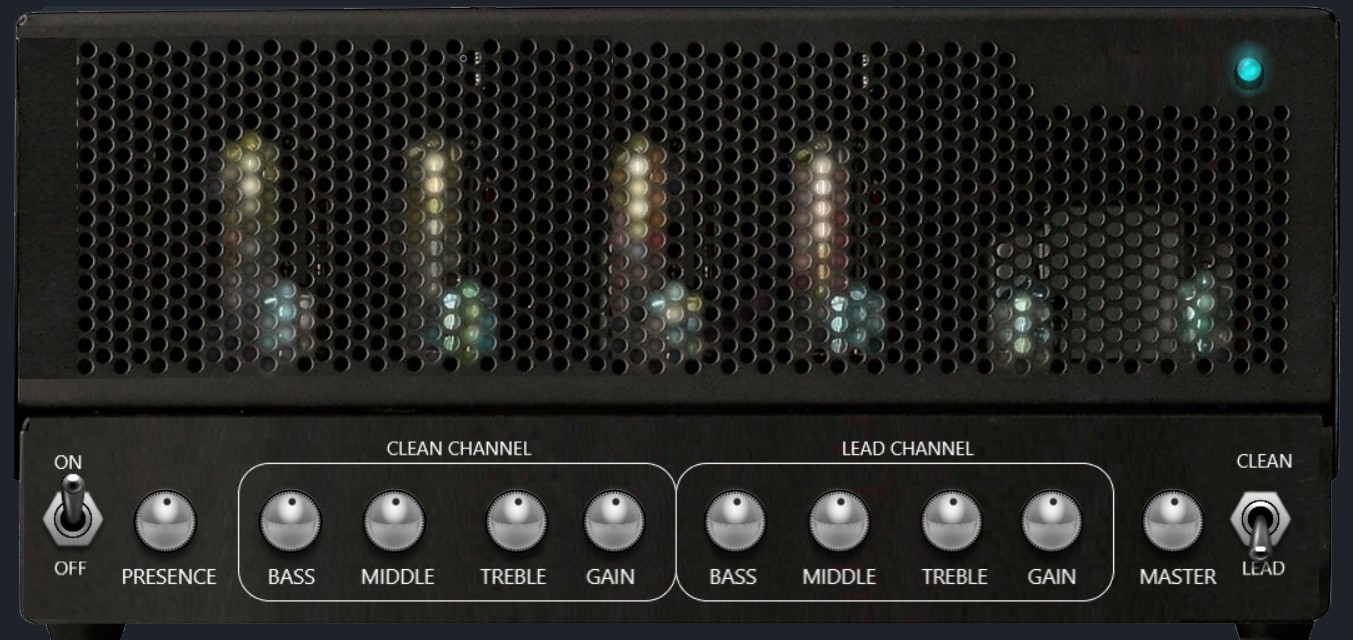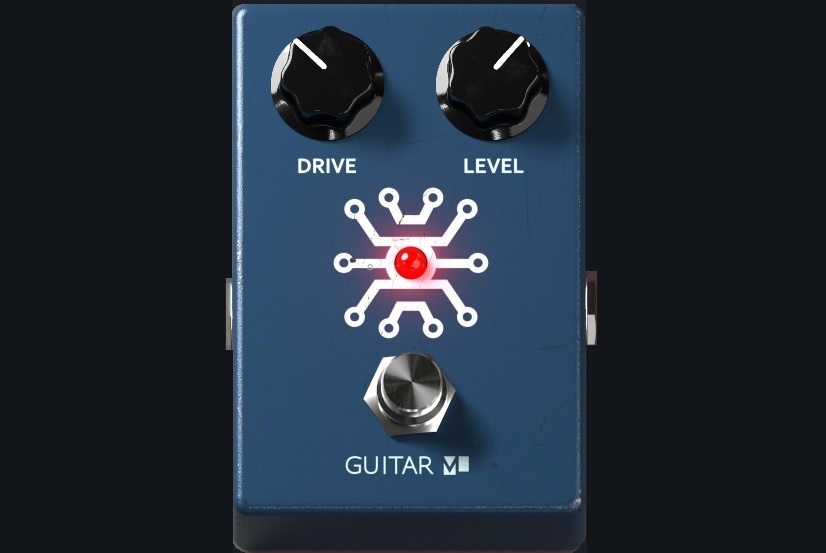Proteus
Proteus is the new standard in GuitarML device capture, maintaining sound quality while dramatically decreasing CPU usage from the SmartPedal. Create your own Knob captures of the full range of a Drive / Gain / EQ knob from your amp or pedal, or quickly create snapshot models of a single setting. Download the Proteus Capture Utility and check out the tutorial videos for the easiest way to capture Amplifiers and Distortion/Overdrive/Boost pedals, and check out the growing ToneLibrary for pre-made tones from popular and rare guitar gear.
Special thanks to John Stutts for the hand sketched graphic and Stefan Schmidt for the 3D pedal and waves Blender model.
Version 1.2 adds a 3-Band EQ and default IR with an updated look.
Version 1.2 Available formats (from installer):
-Windows 10/11 64-bit (VST3, AAX)
-Mac 10.11 and up (AU, VST3, AAX)
-Linux (VST3, AAX)
